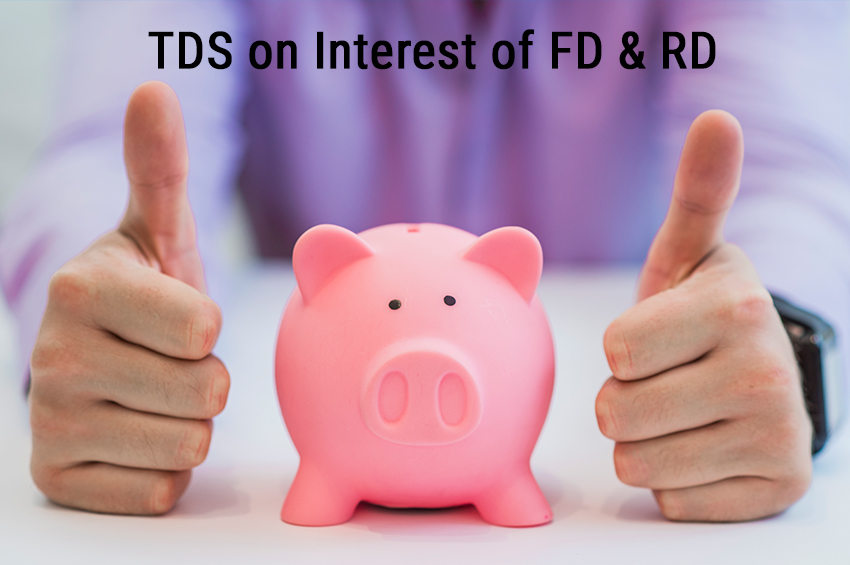Winning Bizness Desk
March is the last month of the financial year when people run more to explore the possibilities to save taxes. Tax Deduction at Source ie TDS is one of them where taxpayers look to save money, though, many of them remain unaware how to deal and calculate to stop paying extra money as there are different rates of TDS as per the Income Tax Act, 1961 for categories of payments and recipients.
When TDS is applicable
TDS means that every person making any particular payment to any person shall deduct tax at source at the rates prescribed in the Income Tax Act and deposit it in the account of the Government. TDS is applicable on income earned in different ways like salary, interest, commission, dividend etc. However, this does not apply to individuals for all types of income and transactions. For example, debt earned to an individual from a mutual fund scheme is not subject to TDS. TDS means tax deducted at source and it is levied to collect tax at the source from where the income of a person is derived. The government uses TDS as a means to collect taxes.
Know the deductor & deductee
The person paying here is responsible for deducting the tax and depositing it with the government. This person is known as the deductor. On the other hand, the person who receives the payment after TDS is called a 'deductee'. Form 26AS is a statement showing the amount of tax deducted and deposited in the name/PAN of an individual in a particular financial year.
Documentation work
A person can check his Form 26AS to claim TDS from the income paid. Every deductor is bound to issue a TDS certificate showing the amount deducted in his name and deposited with the government. In November 2021, the government introduced Annual Information System (AIS) and Taxpayer Information Summary (TIS). The paying entity (which is subject to TDS) deducts a certain percentage of the amount paid as tax. It pays the remaining amount to the recipient. The payee also gets a certificate from the deductor stating the amount of TDS.
1% TDS on Crypto
With effect from July 1, 2022, tax will be deducted at the rate of 1% under section 194S of the Income Tax Act on transfer of crypto assets. Tax will be deducted if the transfer amount exceeds Rs.50,000 in case of a specific person (Rs.10,000 in other case). TDS deducted can be claimed as refund provided your tax liability for the financial year is less than the tax deducted.
We must remember that TDS is deducted on a transaction only if the payment is above a certain limit. There are different limits set by the Income Tax Department for different payments like salary, interest etc. For example, if the interest earned on a bank's fixed deposit is less than Rs 40,000 in a year, then there will be no TDS on it. For senior citizens, this limit is more than Rs 50,000 in a financial year. If a person feels that his total income in a financial year will be less than the exemption limit, then he can ask the payee not to deduct TDS by submitting Form 15G/15H. While receiving payment which is subject to TDS, it is necessary to give your PAN details to the deductor to avoid deduction of tax at higher rates.


